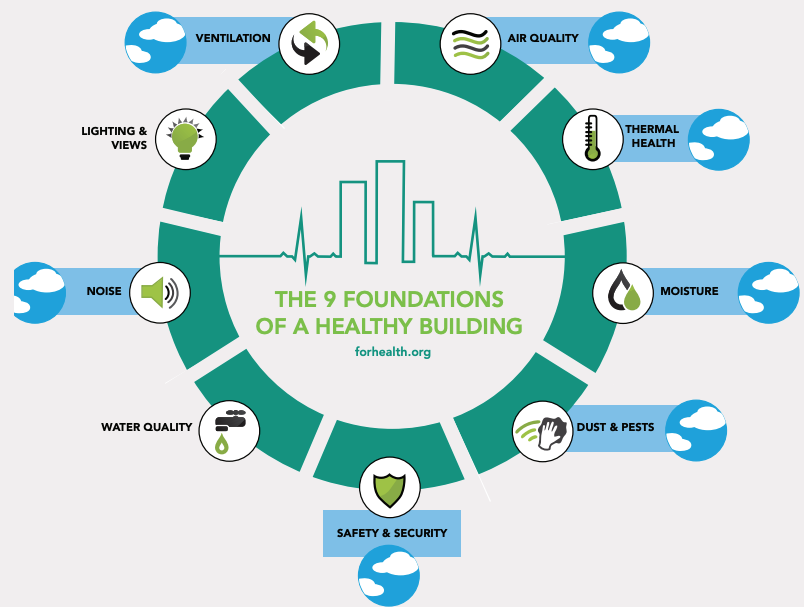When our sense of security is threatened, it can trigger a cascade of ‘fight or flight’ responses that alter our physical and psychological functioning.
We spend the majority of our time inside our homes, but the stuff immediately outside our homes is important, too. For one, whatever is on the ground outside of our home, be it pesticides on a lawn or lead in the soil, can be tracked inside on our shoes (if you haven’t yet looked, check out our recommendations for the whole house, which includes kicking the shoes off at the door.)
And, while many people in the field of environmental health wouldn’t consider ‘safety and security’ a key topic, we do. Here’s why. There are obvious health concerns from acute security events (e.g., break-ins, assaults), but there are less obvious health concerns from chronic stress associated with feeling unsafe. In additional to security risks, there are physical hazards to contend with like swimming pools, the leading cause of accidental death for kids aged 1-4. So do as much as possible to take that worry off your plate and secure the perimeter!
Many pesticides and herbicides can be toxic. Avoid or limit the use of the chemicals on your lawn and in your garden in order to keep your exposure low. This will allow limit how much gets tracked into your house on the soles of shoes.
If you live in a house or apartment building with an attached garage, or an underground garage, be aware that the air in those spaces can sometimes infiltrate into your home. That means that exhaust from cars can find their way into your home, so don’t let cars idle in the garage. For multi-family apartments, make sure garages have plenty of ventilation and air movement. Watch for pathways for that air to enter your home, like an air intake close to the ground-level or near the garage.
There are many things you can do to improve the safety and security of your home. You can install motion-activated perimeter lights to shed light on activities around your home, check your locks and ensure deadbolts are installed on doors, or install a home alarm system. Security is also about protecting kids and seniors from hazards around the house. Make sure kids cannot access the pool or other dangerous parts of the home without supervision, and keep walkways clear of debris to avoid trips and falls.
Many issues inside a house have their origin in the outer building envelope. Check that your roof has no leaks that could lead to water damage issues and future expensive repairs. Be sure to fix cracks and holes in outer walls that could become an open path to pests and unwanted drafts. Ensure that you have a proper vapor barrier under your house to limit vapor intrusion.
The word shelter is derived from the word shield – your home shields you from the elements. Make sure you have a plan to withstand the local natural phenomena that affect your region, and be mindful that new risks might arise from climate change. Have batteries, flashlights, and a radio to listen to emergency responder instructions. Plan on having enough water and food for any contingency. Follow the authorities’ advice whenever you are told to evacuate your house, and know the evacuation routes. Take additional precautions based on your local area. In an area prone to wildfires? Make sure you have enough towels to cover exterior doors and windows, and think of having some air cleaning devices. In an area prone to tornados? Drill with your family the plan to reach your predefined safe space. You get the picture – be prepared.
